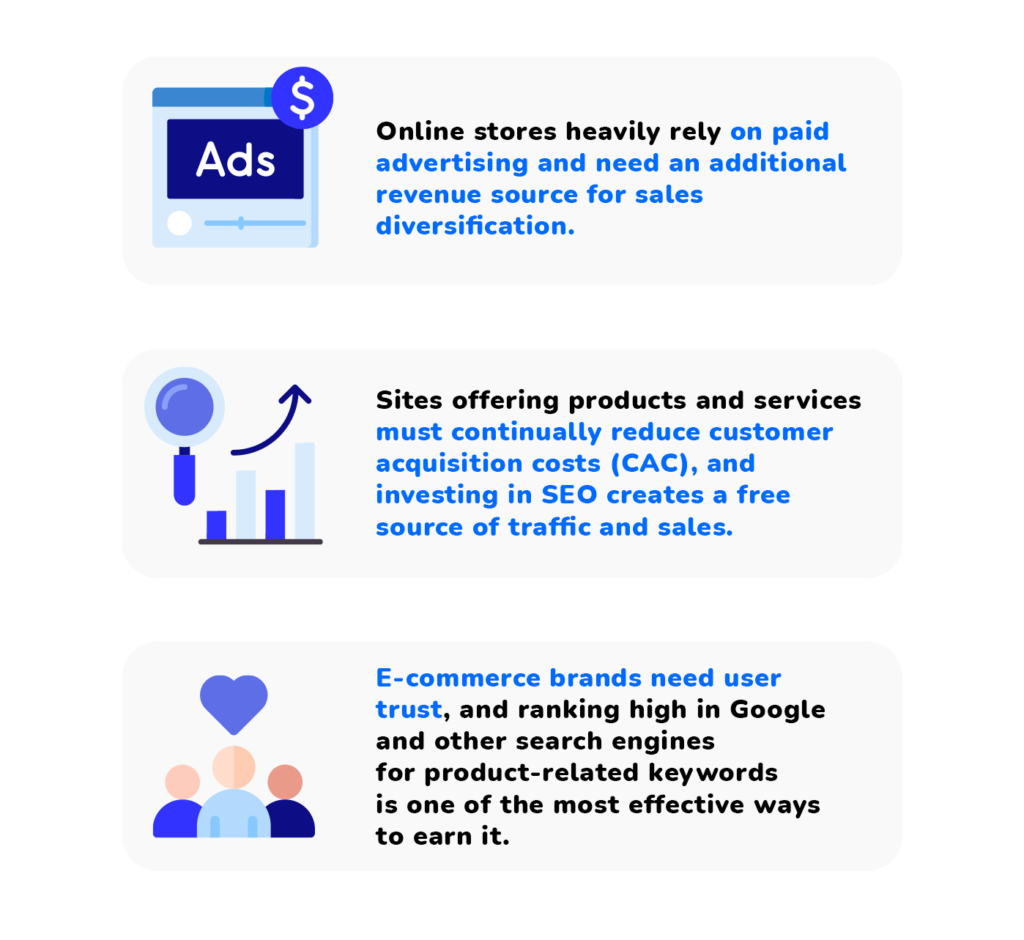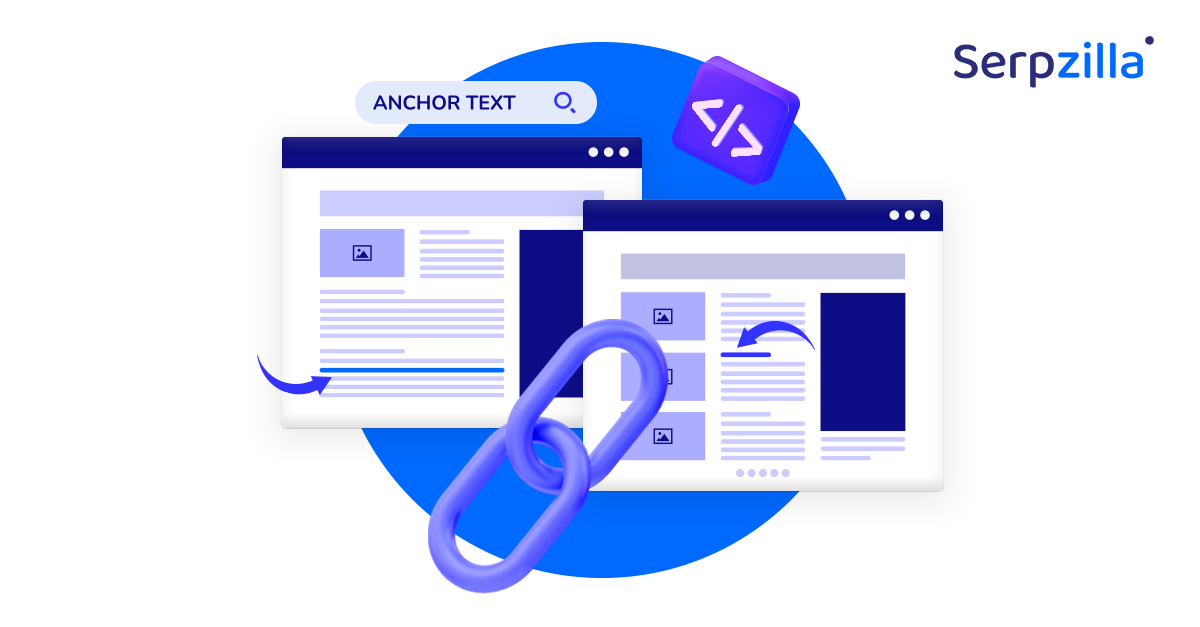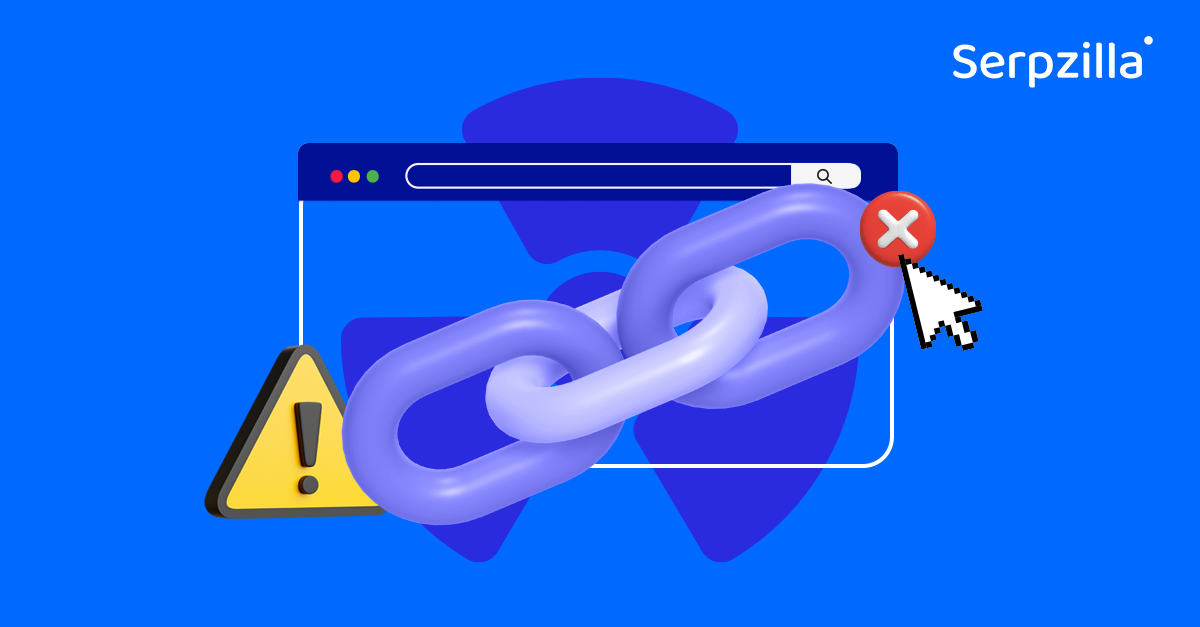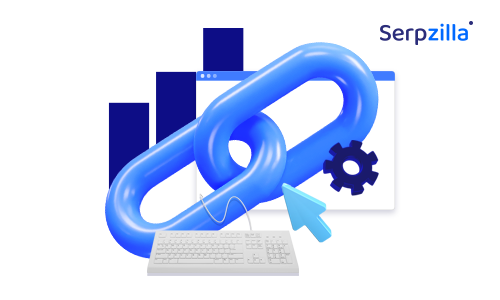Before promoting an online store, it’s crucial to evaluate its traffic potential. This helps determine how effective your website is at attracting visitors and generating sales. Many factors come into play when assessing traffic potential, including market niche, competition level, target audience, and more.
Factors Determining Potential Several factors influence the level of potential traffic: the site’s theme, size, and age. It’s important to evaluate each factor individually and then compare the combined information.
Website Theme
The theme of the site is a primary factor influencing audience size. Popular niches among users, like online stores selling clothing, footwear, bags, and accessories, generally attract more traffic. Niche specializations require deeper market and niche knowledge and usually receive less traffic.
Marketing specialists should assess demand levels and identify optimal traffic sources, using tools like SimilarWeb and Alexa to discover primary traffic sources.
Website Size
The number of visits a site receives is significantly affected by the site’s size and the variety of products and target pages it offers. Generally, the more offerings for potential customers, the higher the potential traffic volume. However, search engine ranking also plays a crucial role. Even content-rich sites that are poorly indexed by search engines are unlikely to attract significant organic traffic.
Ranking by Google depends on how well a page meets their requirements. Factors to consider include structured categories and subcategories, proper page interlinking, a quality backlink profile, and relevant content that fully meets search queries. Reality is that users rarely go beyond the first or second page of search results, meaning pages outside the top-10 or top-20 usually receive less traffic.
Website Age
The age of a site also impacts its visitation potential. Older sites with a longer operating history in a niche have a better chance of attracting traffic. It’s harder for new sites to rank high in search results.
For those promoting a new resource, setting a benchmark for optimization is crucial. Assess top competitors in search results, choose one to emulate, and strive to make your site better. Tools like SimilarWeb or Semrush can help gauge how much target traffic you can divert from competitors.
Marketing Channel
The potential traffic attracted to a site also depends on the chosen primary marketing channel. For instance, if search optimization is your main focus, high rankings can lead to a significant increase in visits, primarily attracting organic traffic.
Another option is to use contextual advertising as the main traffic source. Specify the region, main keywords of the site, and set several parameters to receive an approximate forecast.
Feasibility of Search Optimization SEO for an online store has unique features:

To determine the feasibility of using SEO, first assess how much traffic from search results a specific online store can attract. This involves several analytical steps:
Collect Semantics
Manually gather a semantic core, relying on WordStat data. Tools like Ahrefs or Semrush simplify this task, and using Excel templates can be helpful. Analyze only the most successful competitors that are similar to your online store. Clean the gathered statistics of duplicates and irrelevant queries.
Analyze Competitor Traffic
Manually examine the top Google and other search engines results for your queries to identify successful competitors. Ignore aggregators or large marketplaces as competing with them is nearly futile. Key Collector or AllPosition tools can help determine the level of organic traffic competitors receive. The more detailed your analysis, the more accurate the forecast you can generate.
Assess Traffic Growth Potential
Understand the potential organic traffic your online store could theoretically receive. Tools like SimilarWeb or Semrush can be used for this analysis, which requires a wide range of data: informational and brand traffic volume, assortment diversity, etc. Remember, no service can provide a completely accurate forecast. Then, assess query frequency and determine the traffic share of products with zero frequency. Create a chart considering seasonal themes for the highest frequency product categories, using data from Google Trends. This information allows you to prepare a growth forecast for the coming year.
Conduct an Audit of the Most Successful Competitors
First, identify why top-ranking sites have achieved their positions. Audit their backlink profiles, commercial and regional factors, technical optimization, and usability. Even leading sites have imperfections, which should be considered to ensure your site attracts more traffic. The result should be a list of improvements to implement, prioritizing those that provide the greatest short-term effect. Consider the estimated cost of these improvements, calculated by technical specialists. In some cases, hiring outsourcers may be necessary.
The Benefits of Assessing Traffic Potential
Forecasting potential traffic for different online resources is akin to creating a business plan for a financial company. At this stage, you can identify winning strategies and focus your efforts on them. It also allows for risk assessment and cost minimization.
With a forecast for traffic growth and a well-developed site improvement plan, you can compare the effectiveness of SEO with contextual advertising and evaluate which method of attraction is more cost-effective. If the comparison shows that a new visit from organic search is more expensive than a click from contextual ads, investing heavily in search optimization at such costs may be irrational. However, if the cost of SEO is lower, it makes sense to invest in optimization—without necessarily giving up on advertising.
This approach helps in several ways:
- Cost-Effectiveness Analysis: By comparing the costs of SEO and paid advertising, businesses can allocate their marketing budget more efficiently. This helps in maximizing ROI from each channel.
- Strategic Planning: Understanding the potential traffic helps in setting realistic goals and strategies for growth. It allows businesses to focus on areas with the highest potential for returns.
- Risk Management: Forecasting traffic potential also involves identifying and mitigating risks. This could include changes in search engine algorithms, competitor activities, or shifts in market trends.
- Resource Allocation: Knowing where to put efforts can lead to more efficient use of resources. For instance, if SEO proves more beneficial than paid advertising, resources can be reallocated to content creation, on-site optimization, and link-building strategies.
- Long-Term Benefits: SEO often provides long-term benefits, as organic rankings can lead to sustained traffic growth, unlike paid ads, which stop generating traffic once the campaign ends.
- Comprehensive Understanding of Market Dynamics: The process of evaluating traffic potential involves a deep dive into market trends, competitor analysis, and audience behavior, leading to a more comprehensive understanding of the market.
- Flexibility in Marketing Strategies: With a clear understanding of traffic potential, businesses can be more flexible and adaptive in their marketing strategies, quickly capitalizing on new opportunities or adjusting to market changes.
In summary, assessing the potential of traffic not only helps in making informed decisions about SEO and paid advertising but also contributes to a more strategic, risk-aware, and cost-effective approach to online marketing.







